1.Wacky Packages Stickers
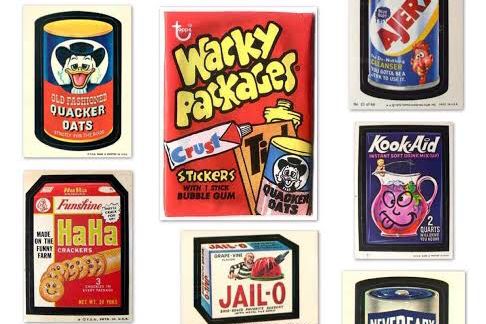
In the 1970s, Wacky Packages stickers were playground gold. They spoofed real household products — like “Crust” toothpaste or “Jail-O” gelatin — and kids gleefully slapped them on lockers, lunchboxes, or walls. They felt rebellious, like an inside joke kids shared against the adult world. Trading doubles became a mini-economy, and peeling one off its sheet gave a strange thrill. For many kids, this was their first taste of satire — comedy wrapped in a collectible sticker.
2. Mood rings
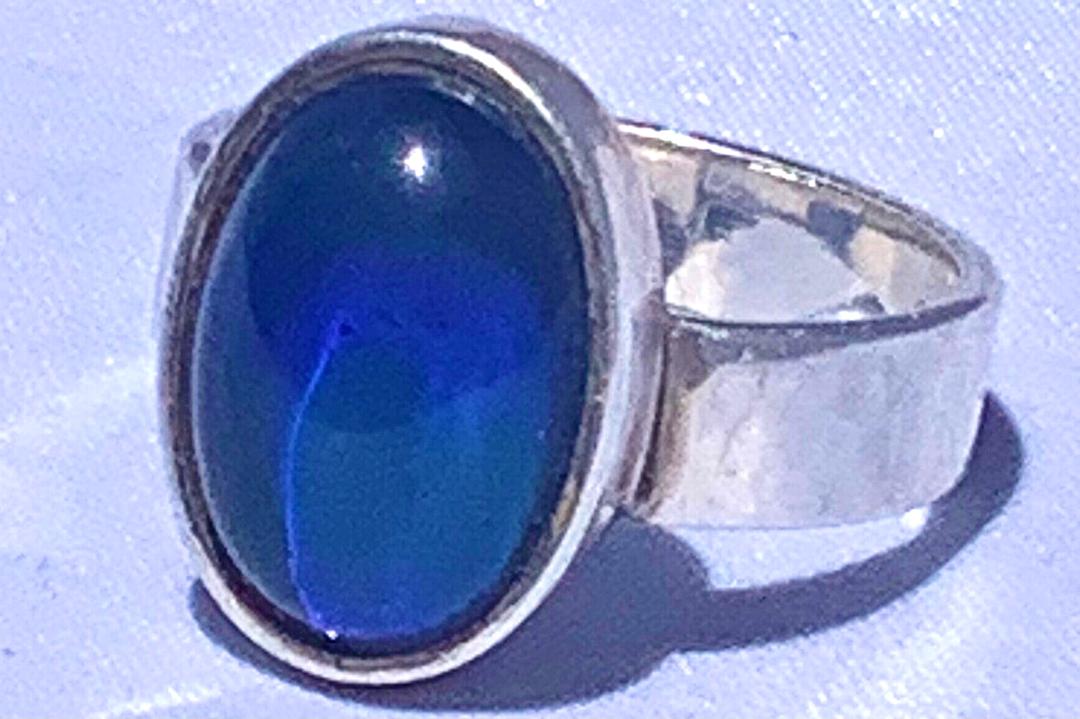
Mood rings were a must-have accessory in the mid-1970s, sold as magical jewelry that could reveal your emotions by changing color with body temperature. Kids believed the shifting shades of blue, green, or black actually reflected their moods, making them a mix of science, fashion, and a touch of mystery. Even though most of us later realized they weren’t quite as accurate as promised, wearing one felt like owning a tiny piece of magic. They were sold everywhere, from toy stores to novelty shops, and sparked endless conversations among friends about what each color “meant.” Whether the ring was dark from cold hands or bright from warm skin, it didn’t matter. For ’70s kids, mood rings symbolized a blend of self-expression and fun, and they’ve stayed a nostalgic icon ever since.
3. Pet rocks
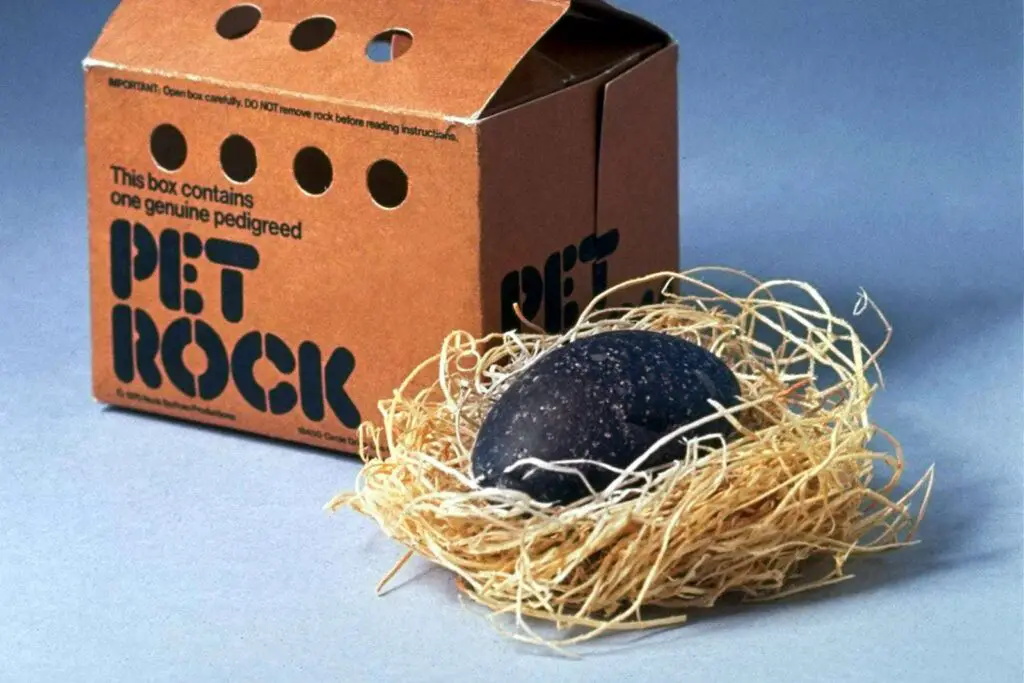
The pet rock craze of 1975 proved that humor could be marketed. Each rock came in a tiny box with air holes, nestled in straw, plus a hilarious “care manual.” No feeding, no walking, no cleanup — the world’s easiest pet. Kids proudly named and displayed them, while parents scratched their heads. It was a fad that burned hot and fast, but being in on the joke was half the fun. For just a few bucks, you could own a cultural phenomenon that still makes people laugh.
4. Friendship pins
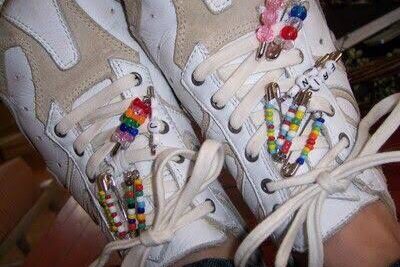
In the late ’70s, kids made colorful friendship pins by threading beads onto safety pins and clipping them to shoelaces or backpacks. Each pin carried meaning — giving one was a small but powerful sign of loyalty. Some kids collected dozens, turning their sneakers into jingling trophies of friendship. Afternoons were spent carefully picking bead colors to reflect personalities or moods. It was a small, crafty gesture that carried big emotional weight. Before text messages, friendship pins were how you told someone, “You matter.”
5. Troll dolls
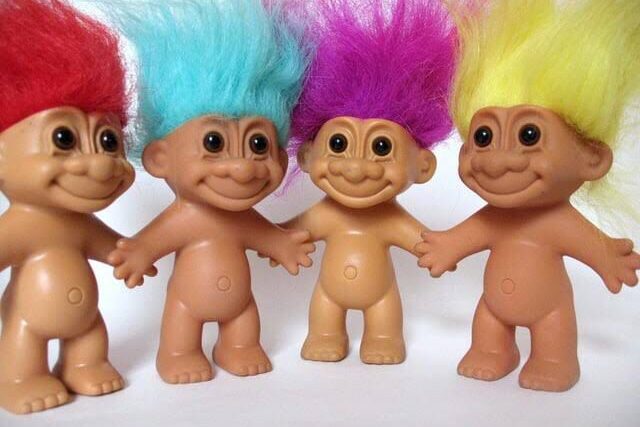
Troll dolls, with their round bellies, wide grins, and wild tufts of neon-colored hair, were among the quirkiest treasures kids kept in the 1970s. Though invented earlier, they exploded in popularity during the decade and were believed by many to bring good luck. Kids carried them in pencil boxes, tucked them into backpacks, or lined them up on bedroom shelves. Part of the fun was stroking their fuzzy hair before a test or big event, hoping it would bring good fortune. They came in all sizes and outfits, from tiny keychain versions to larger dolls with themed costumes, and some kids collected entire families of them. Troll dolls weren’t just toys, they were charms that carried a sense of magic and mischief, which is why so many kids held onto them long after the fad faded.
6. Bazooka Joe gum comics
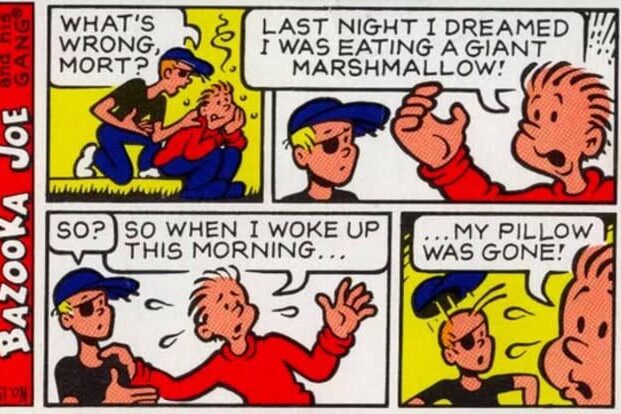
Every stick of Bazooka bubble gum in the 1970s came wrapped with a tiny folded comic strip featuring Bazooka Joe and his friends. The gum itself was sweet and tough to chew, but the real treasure was the comic. Kids read them, saved them, and even traded them with friends. Each one was just a few panels long, packed with corny jokes, silly adventures, and a dose of kid-friendly humor. Collecting these comics became almost as exciting as chewing the gum, and some kids tucked them into drawers or boxes for safekeeping. They weren’t just disposable wrappers, they were little snapshots of the times. For many ’70s kids, Bazooka Joe comics were a simple daily joy that made every penny spent on gum feel worthwhile.
7. Fancy & Promotional Pencil Erasers
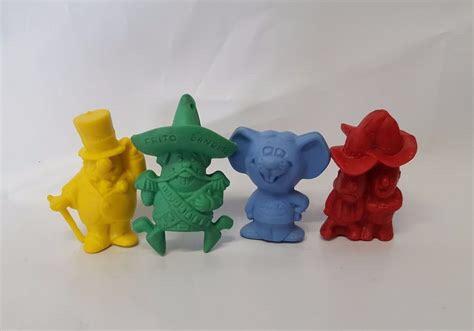
Novelty erasers shaped like animals, fruits, or collected from bags of chips, were some of the cutest collectibles for ’70s kids. These erasers were often too adorable to actually use. Instead of rubbing away pencil marks, kids kept them lined up on desks, traded them at school, or stored them in little cases like treasures. The fun was in the variety, one week it might be a miniature panda, the next a Christmas snowman and snowflakes. Some erasers even came with scented options, adding to their charm. While they were technically “school supplies,” they felt more like toys, making them a perfect blend of practical and playful. For many, these tiny erasers became the start of a lifelong habit of collecting small, quirky objects.
8. Glow-in-the-dark stars
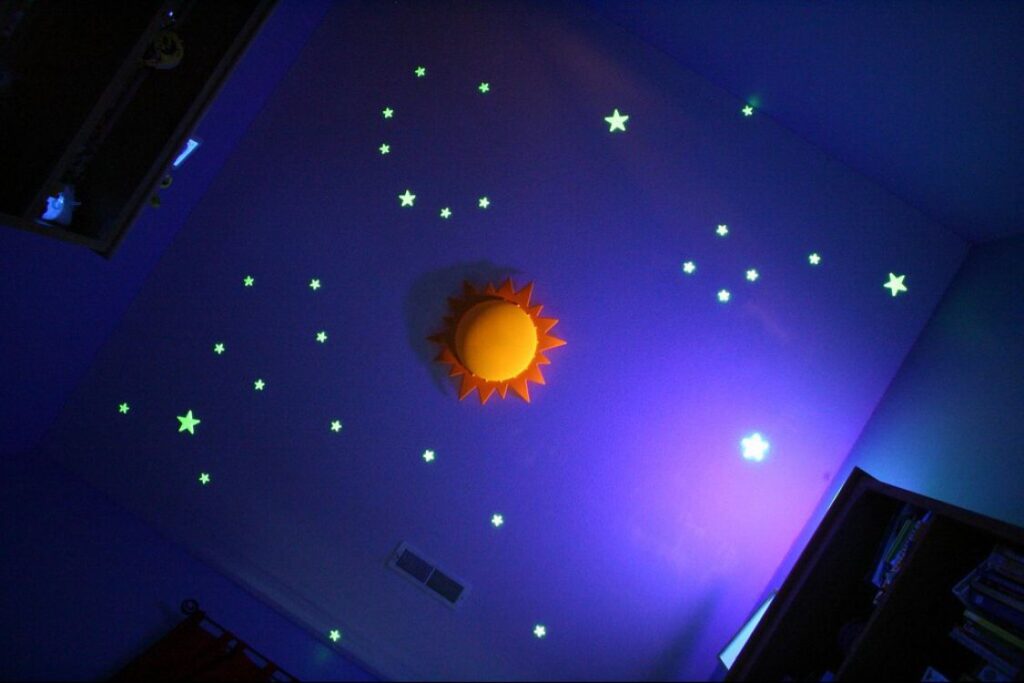
In the 1970s, glow-in-the-dark stars turned bedrooms into little galaxies. Sold in packs, these plastic stickers could be arranged on ceilings or walls, where they’d soak up daylight and then shine faintly at night. Kids loved lying in bed, staring up at constellations they had arranged themselves, imagining outer space adventures before drifting off to sleep. Extras were often stashed in drawers, saved for the perfect spot or added later to expand the “universe.” They gave kids a sense of magic and control over their own space, transforming plain ceilings into nighttime wonders. Long before screens or digital projectors, glow-in-the-dark stars let kids create their own miniature cosmos, and that glow still lingers in the memories of anyone who grew up with them.
9. Plastic green army men
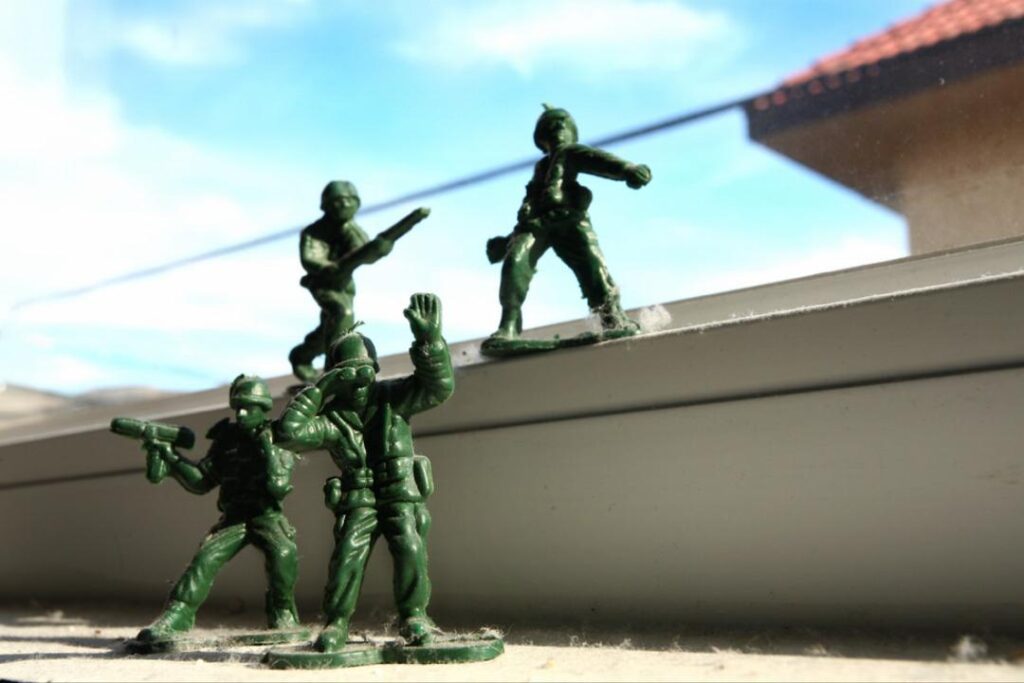
Plastic green army men were among the most affordable and enduring toys of the 1970s. Sold in bags by the dozens, these little figures stood in battle-ready poses, from crawling with rifles to tossing grenades. Kids lined them up on windowsills, staged elaborate battles in sandboxes, or launched them down homemade cardboard forts. They weren’t high-tech, but their simplicity encouraged hours of imaginative play. Army men were nearly indestructible, surviving dirt, water, and even backyard “explosions” from firecrackers or rocks. Part of the fun was setting up huge armies and then knocking them down in creative ways. They represented a kind of hands-on play that was universal, every kid seemed to have at least a handful of them, no matter where they lived.
10. View-Master reels
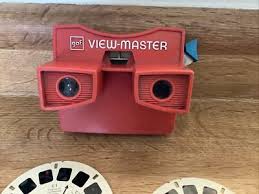
The View-Master was a magical little toy that let kids peek into tiny worlds through a handheld viewer. By clicking a lever, a new image appeared on the reel, often showing scenes from cartoons, nature trips, or Disney classics. Each reel held a set of 3D slides that felt like a private movie, and kids kept them in small plastic cases as prized possessions. Collections grew to include dozens of reels, turning rainy afternoons into mini adventures. Unlike TV, the View-Master was something kids controlled themselves, giving a sense of wonder and ownership. It was part toy, part treasure, and the images seemed almost alive when you peered through the viewer. For many ’70s kids, the soft click of the lever and the sudden change of picture remain unforgettable.
11. Homemade yarn God’s Eyes
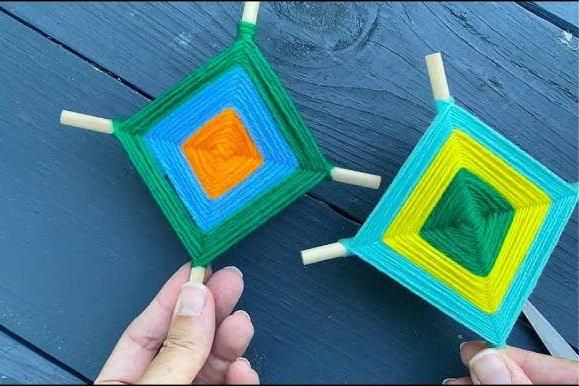
Craft projects were a big part of childhood in the 1970s, and homemade yarn God’s Eyes were a favorite from summer camps and art classes. Made by crossing two sticks and wrapping them with brightly colored yarn, they symbolized creativity and patience. Kids proudly hung them on bedroom walls or gave them to parents as gifts, and no two ever looked quite the same. Even if the yarn was uneven or the pattern a little wobbly, each one felt like a masterpiece. Many of them were saved for years, tucked into boxes of old school projects. For kids of the era, God’s Eyes weren’t just crafts, they were badges of time spent with friends, teachers, and camp counselors, capturing the handmade spirit of the decade.
12. Roller rink tickets
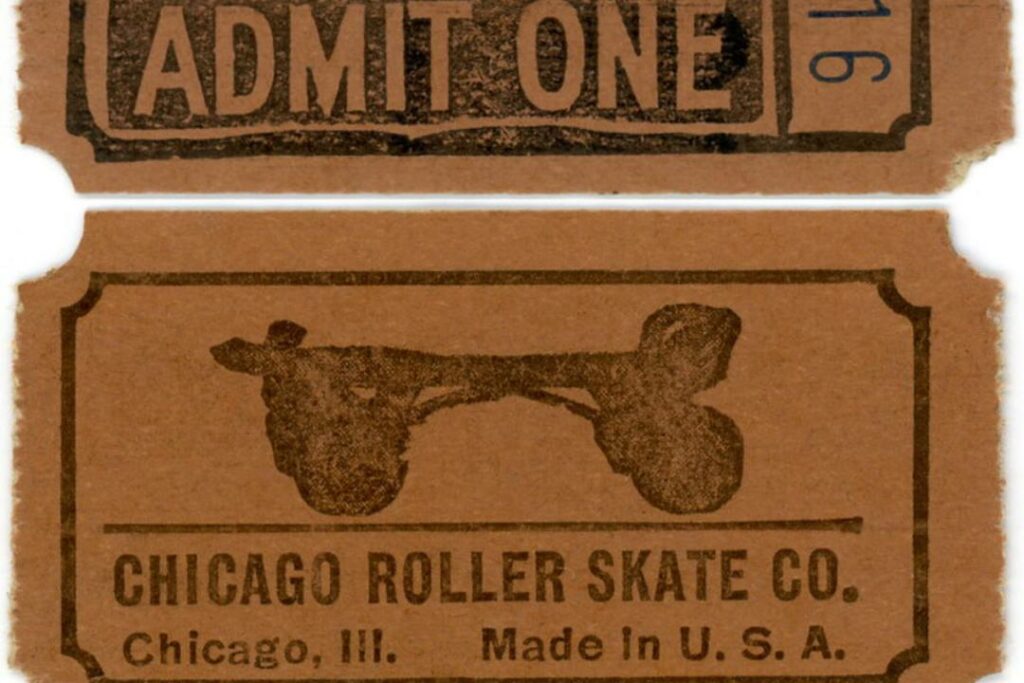
Weekend nights at the roller rink were highlights of the ’70s, and kids often kept the colorful admission tickets as souvenirs. Each ticket carried the memory of skating under a spinning disco ball, gliding to pop hits, and laughing with friends. Some kids tucked them into wallets or taped them to mirrors as reminders of those fun nights out. Collecting tickets from repeat visits was like building a diary of weekends spent skating, falling, and getting back up again. They may have been just scraps of paper, but roller rink tickets symbolized independence and the excitement of growing up in a world lit by neon and disco lights. For many, the crumpled stubs still bring back the sound of wheels on the floor and music echoing through the rink.
13. Toy vending machine prizes
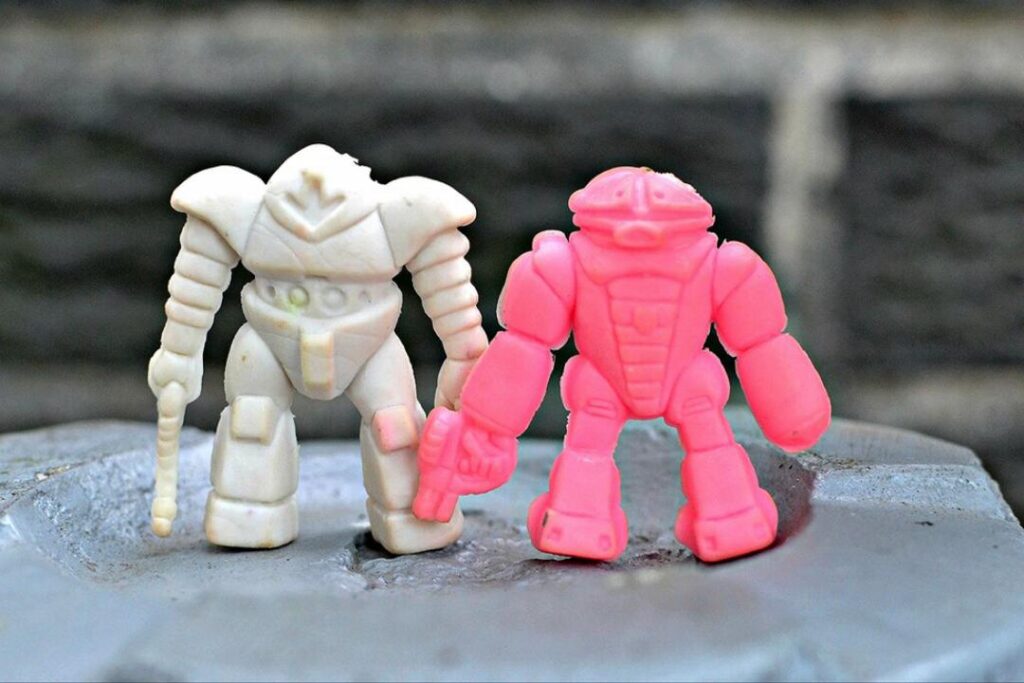
Those little plastic capsules from toy vending machines were irresistible to kids in the 1970s. For a quarter, you might get a tiny figurine, a bouncy ball, or a plastic ring, simple treasures that usually ended up in kitchen junk drawers or shoeboxes. The thrill wasn’t in the toy’s value but in the surprise of what would tumble out. Kids begged parents for spare change at grocery stores or malls, hoping for the rare item pictured on the machine. Some collected the prizes, while others traded them at school, making each capsule a miniature adventure. Even the clear domes themselves often got repurposed into tiny containers for more trinkets. The prizes weren’t fancy, but they carried excitement, spontaneity, and the joy of small surprises.
14 Keep on Truckin’ stickers
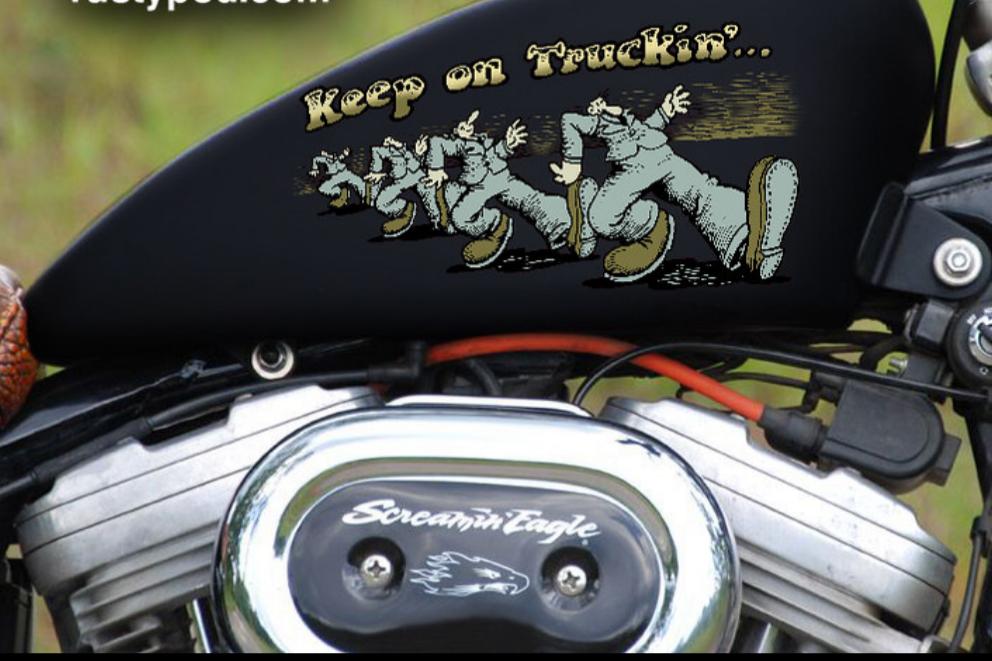
The “Keep on Truckin’” slogan, paired with its cartoonish image of a man striding confidently forward, became a groovy cultural symbol of the ’70s. Kids slapped the stickers on binders, bike fenders, lockers, or notebooks, treating them as little badges of cool. They weren’t just about trucking, they captured the carefree, easygoing spirit of the decade. Some kids collected multiple versions, trading them like they would baseball cards or puffy stickers. The design, borrowed from underground comics, made its way into mainstream kid culture and gave everyday items a funky, rebellious vibe. Owning one of these stickers felt like being in on the trend, and they became part of the colorful collage that defined childhood in the era.
15. Plastic charm necklaces
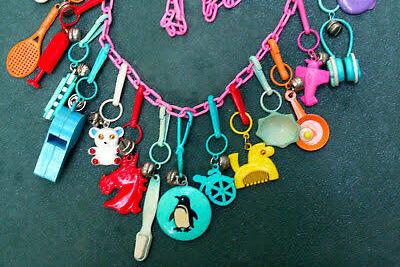
Plastic charm necklaces were quirky, jangly accessories that became wildly popular among ’70s kids. Each necklace featured dozens of tiny charms shaped like shoes, telephones, soda bottles, or animals, clipped onto a chain. Part of the fun was collecting as many different charms as possible, with each one carrying its own silly or personal meaning. The charms often clicked and rattled as kids walked, drawing attention in the school hallway or playground. Some were traded between friends, while others were saved as souvenirs from special places. For many kids, these necklaces weren’t just fashion, they were conversation starters and little collections of memories. Looking back, their colorful plastic designs perfectly captured the playful and slightly eccentric spirit of 1970s childhood.
16. Shrinky Dinks
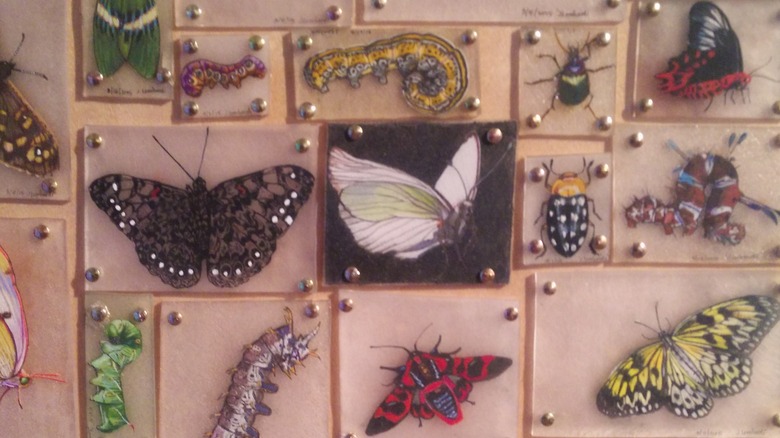
Shrinky Dinks turned kids into alchemists. You colored sheets of special plastic, cut them out, and watched them shrink in the oven into hard little charms. The magic was irresistible — flimsy designs becoming tiny, sturdy keepsakes. Kids made keychains, pins, or just piles of mini art. Every step felt like a science experiment mixed with craft time. Shrinky Dinks gave kids something tangible, handmade, and personal, and many treasures survived for decades in drawers or jewelry boxes.
17. Creepy Crawlers
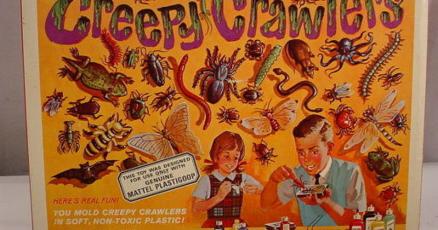
Creepy Crawlers were one of the strangest craft toys kids loved in the ’70s. Using a “Thingmaker” oven, kids poured liquid “Plasti-Goop” into metal molds shaped like bugs, worms, and lizards, then cooked them into rubbery creations. The smell, the occasional burned fingertip, and the thrill of making your own gross little critters made Creepy Crawlers unforgettable. Half toy, half science experiment, they turned kitchens and basements into miniature bug factories.
This story was first published on Daily FETCH


